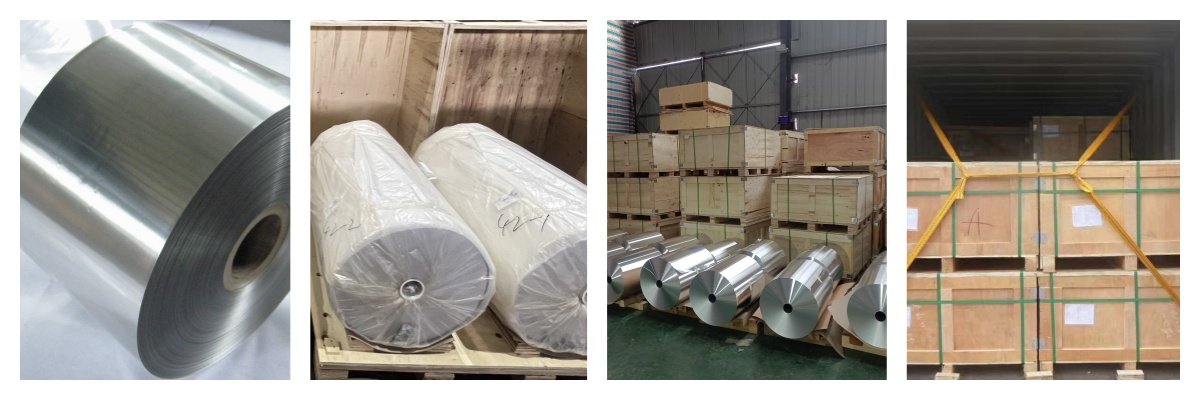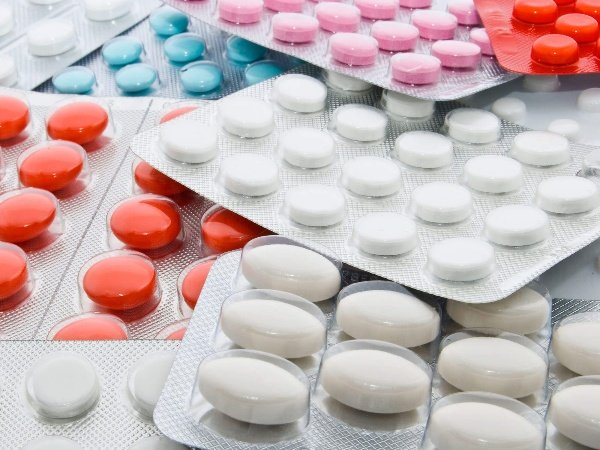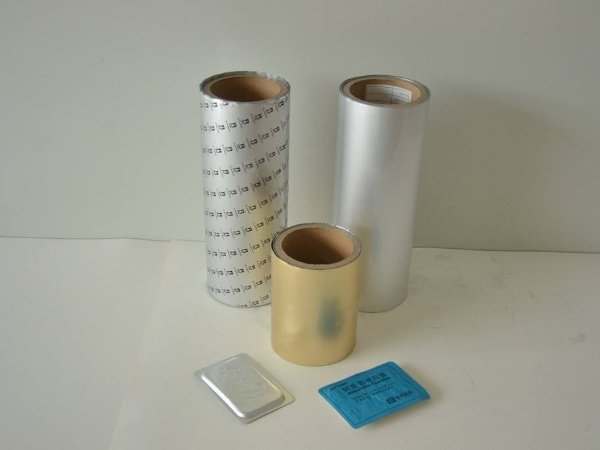Pharmaceutic Aluminum Foil
- Home
- Pharmaceutic Aluminum Foil
Pharmaceutic Aluminum Foil
Pharmaceutical aluminum foil acts as a protective barrier between medications and external elements, protecting medications from moisture, light, oxygen, and contaminants that may affect their quality. Drugs are highly susceptible to degradation when exposed to these factors, which can lead to reduced efficacy and even safety concerns. Aluminum foil is a reliable barrier that maintains the potency of pharmaceutical products throughout their shelf life.

Advantage of Pharmaceutic Aluminum Foil
- Impermeability: It is impermeable to moisture, gas and light, preventing the entry of external factors that may degrade the drug. This impermeability ensures that the drug remains stable and effective from production to consumption.
- Barrier function: With its excellent barrier properties, it can effectively block oxygen and other gases that can cause oxidation or chemical reactions in pharmaceutical formulations. This barrier function helps maintain the stability and integrity of drugs, especially those that are prone to degradation.
- Photoprotection: Light exposure can accelerate the degradation of some drugs, resulting in reduced efficacy or changes in chemical composition. It acts as a light barrier, preventing UV radiation and visible light from penetrating the packaging and causing spoilage.
- Ease of Formulation: It is highly adaptable and compatible with various pharmaceutical formulations, including solids, liquids, and semi-solids. Its malleability allows for easy shaping and sealing, ensuring a secure and tamper-evident closure for pharmaceutical packaging.
- Compatibility: It is chemically inert and non-toxic, making it suitable for direct contact with pharmaceuticals. It does not react with drug formulations or leach harmful substances, ensuring the safety and purity of medications.
Classification of Pharmaceutic Aluminum Foil
When it comes to pharmaceutical packaging, there are two main styles that vary based on the materials used. They are ALU-PVC and ALU-ALU. The aluminum foil used in ALU-PVC packaging is called blister foil, while the aluminum foil used in ALU-ALU packaging is called alu alu foil.
blister foil
| Product | Blister foil |
| Alloy | 8011 |
| Temper | H18 |
| Thickness | 0.02mm-0.03mm |

What is ALU-PVC?
It is a combination of two materials. The packaging uses a transparent PVC film as the base and an aluminum foil as the other layer. The PVC film provides a strong yet flexible base to securely hold the medication, while the aluminum foil provides a protective barrier that prevents moisture, oxygen, and light from degrading the medication.
Why is it H18 temper?
H18 is the hardest temper. Hard aluminum foil has low tensile force. This has the advantage of rupturing relatively quickly and releasing the drug with relatively low force.
Alu Alu foil
| Product | Alu Alu foil |
| Alloy | 8021, 8079 |
| Temper | O |
| Thickness | 0.03mm-0.05mm |

What is ALU-ALU?
ALU-ALU packaging also uses a multi-layer structure, but both structures are made of aluminum foil, but the alloys and tempers are different. The packaging resists moisture, air and UV rays, extending shelf life and preventing tampering, making it ideal for packaging sensitive pharmaceuticals.
Why is it O temper?
Completely opposite to H18, O is the softest temper. With soft aluminum foil, you have to apply more force to reach the medication because it has a higher stretch force. Therefore, packaging made of soft aluminum foil is considered more suitable for children.
Summary
| ALU-ALU | ALU-PVC | |
| Composition | aluminum foil | aluminum foil and PVC film |
| Barrier performance | Excellent protection against moisture, oxygen and UV rays | Good moisture and light resistance |
| Visibility | Can’t see the medicine inside | Transparent PVC film, high product visibility |
| Tamper proof | Enhanced tamper resistance with features like blister perforations or tear lines | Can be made tamper-resistant with appropriate blister designs |
| Flexibility | Less flexible, suitable for standard sizes | More flexible and adaptable to a variety of shapes and sizes |
| Price | Higher | Affordable |
| Heat resistance | Good | PVC has limited heat resistance |
| Recyclability | Lower recyclability due to material mix | Better recycling with separate PVC and aluminum recycling |
